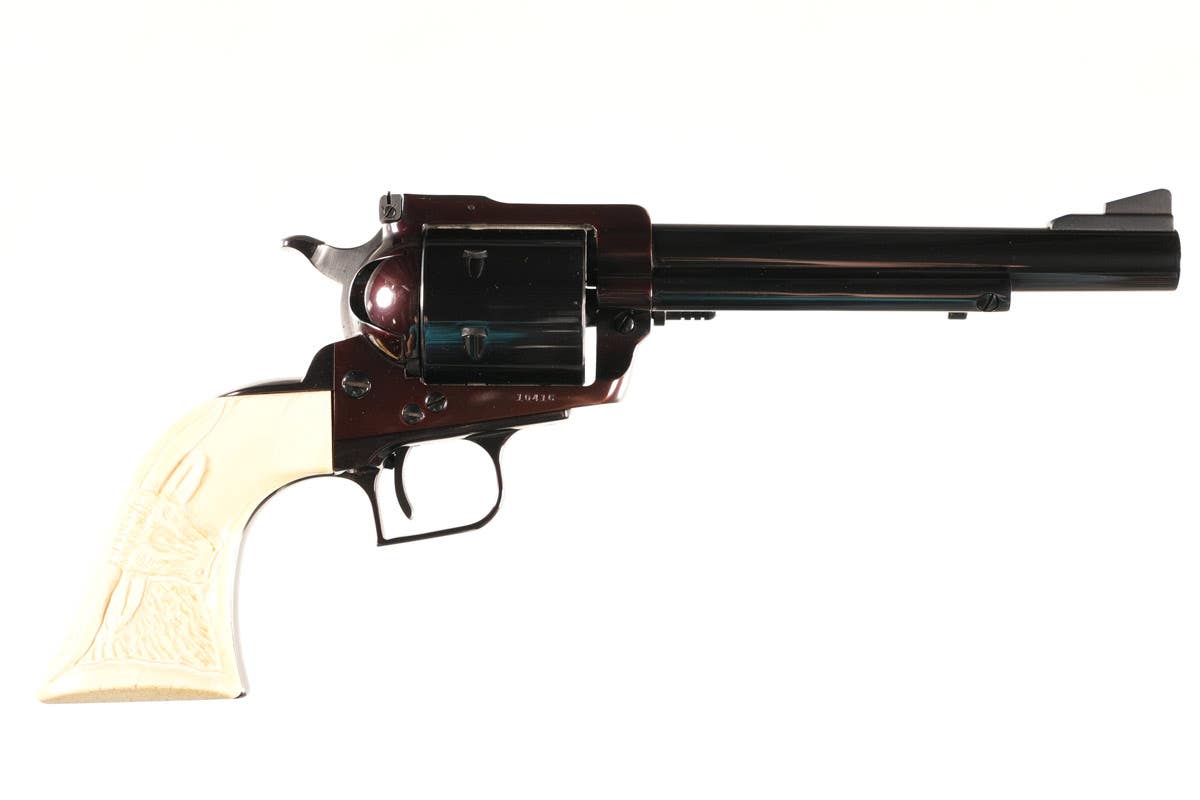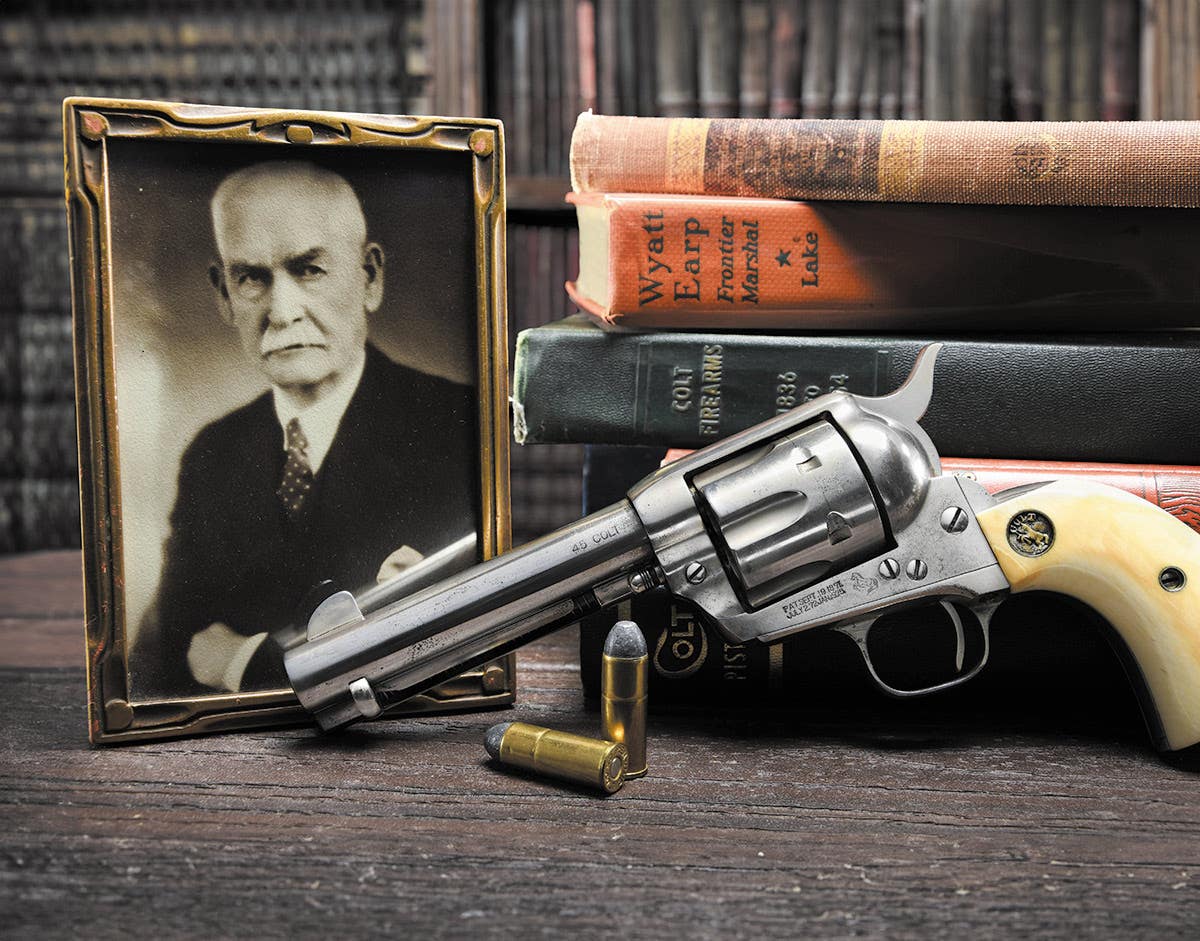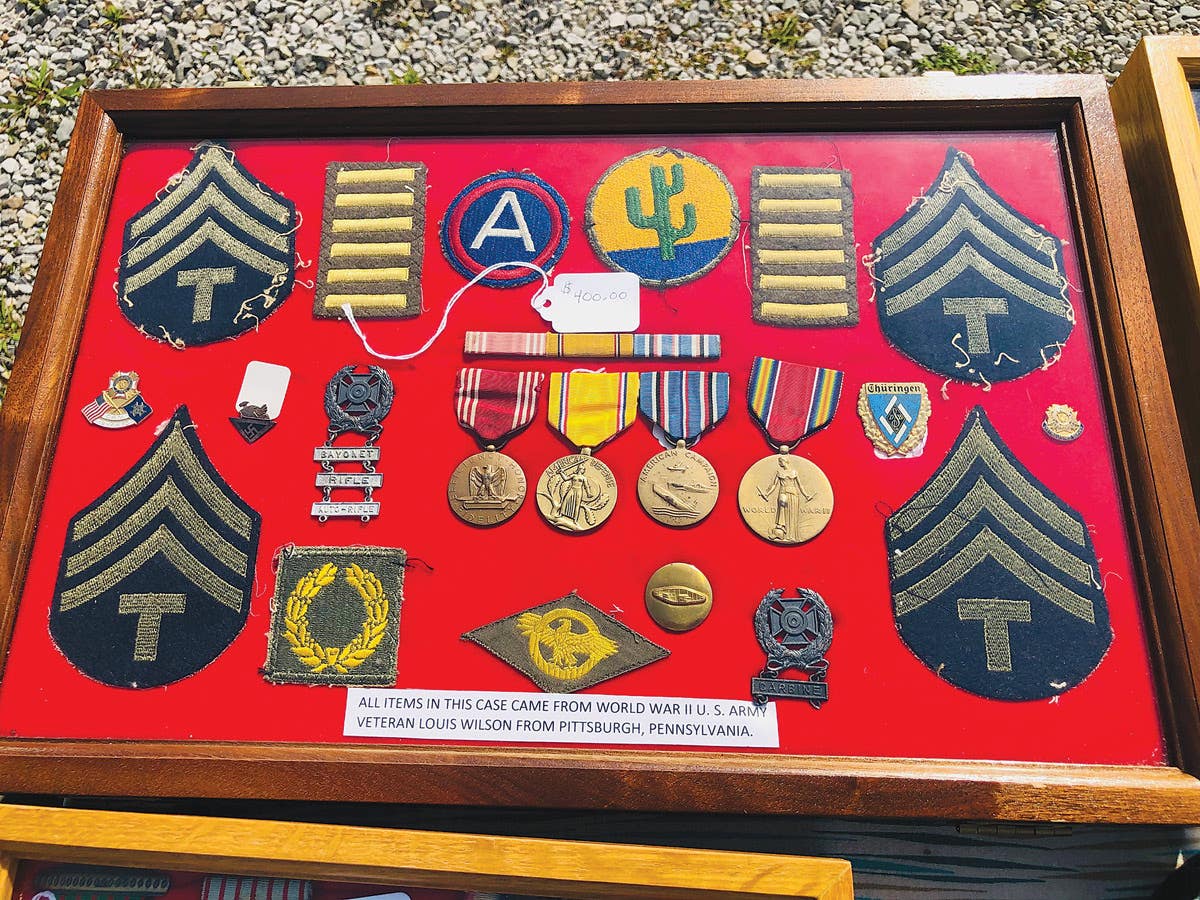“True” Militaria: Has reality TV created unrealistic expectations?
By Peter Suciu On a recent episode of History’s Pawn Stars, a woman walked into the Gold & Silver Pawn Shop in Las Vegas and expected that a set of…
By Peter Suciu
On a recent episode of History’s Pawn Stars, a woman walked into the Gold & Silver Pawn Shop in Las Vegas and expected that a set of vintage Italian erotic military postcards – which she thought were “protest cards” – would fund her retirement. She asked the shop’s owner, Rick Harris, for $1,000 for each card! Apparently, people dream big in Vegas.
Of course Harris didn’t jump on those cards and offered the sum of $75 for the four cards. Even that price seemed high to the more experienced militaria collector. While a few postcards can be found on eBay selling for $50 or more a piece, most fail to sell at opening bids of $10 or less. So why did she expect these were worth thousands of dollars?
THE REALITY SHOW EFFECT
Part of it is the reality show effect. Pawn Stars, which regularly has rare collectibles walking in the shop, is just one of more than a dozen “reality TV” shows where all sorts of antiques just come out of the woodwork. What most thought was trash, was, in fact, treasure. The BBC’s “Antiques Road Show” was the pioneer. Eventually, the show made its way to America where it has been a regular staple on PBS.
People expressed surprise to find that “grandpa’s old helmet” or “dad’s uniform” had any value. Then a wave of shows with diggers, pickers, bidders, scroungers, and others cropped up – and with it, the real value of the old stuff was revealed. Suddenly, people weren’t surprised by how much that old medal was worth. In fact, when it came to anything vintage and certainly anything militaria, they expected it to be worth a king’s ransom. This is the “reality show effect.”
The reality is, however, the prices that viewers see on TV are often way off-base from what real world collectors might expect. In many ways, these shows have created unrealistic expectations for the non-collector.
These shows often also create myths that old guns that “can fire” or “can shoot” are worth vast sums more money than one that isn’t tested. This, of course, was an excuse to get the cast out to the shooting range. Before the tragic Newtown school shooting, there was no shortage of shows that provided footage of guns being blasted away. While it can be debated as to the educational/informational takeaway of these segments, it often made for good television.
DIGGING FOR TREASURE
Numerous shows focus on hunters going to sales, bidding on storage lockers, and heading to auctions. It could be argued that some of these shows – especially the ones that focused on rivalries between the often colorful treasure hunters – created a false sense of reality of what the average viewer could expect were they (the viewer) to try some hunting of their own.
Each episode of these shows featured someone in the cast hitting big after winning an auction for an abandoned storage locker. Is it really possible that hundreds – even thousands – of people are simply walking away from storage lockers that contain treasure such as art, electronics and vintage militaria?
Probably not.
In fact, the storage locker shows were actually hit with controversy in 2012 when David Hester, a regular on A&E’s Storage Wars, filed a lawsuit that alleged that many of the storage units were actually planted with items and even accused the producers of staging entire units! In other words, most of the time in the real world, you might be lucky to win a locker full of old baby clothes, used furniture and other stuff that is unlikely to sell for big dollars.
Even when/if actual items are found, most collectors viewing at home probably wouldn’t agree with the appraisals. Perhaps it was summed up best on the animated TV series The Simpsons, in which such shows were mocked. When a character finds some bayonets he takes them to an expert who suggested, “Well, if you found the right buyer on the right day, and he knew nothing about bayonets, you might sell them for possibly $500.”
The response by the seller? “Definitely $500.”
UNREAL EXPECTATIONS
Pawn Stars has done a better job than many shows of reminding the seller of an item – and with it the viewer – that not everything old is worth a lot of money, and that items are only worth what someone is willing to pay for it. However, all these shows still set unreasonable expectations when it comes to pricing items.
In one way, perhaps, it has allowed families not to simply “give away” valuable items. Some dealers may not appreciate that the days of buying rare items for almost nothing from an unsuspecting owner at a garage sale — only to turn it around for a huge profit — are over. This should have created realistic expectations and encouraged owners to do some research.
Instead, the opposite has happened – as noted by the woman with the vintage Italian postcards. Suddenly everything old and barely related to militaria is deemed “valuable,” “rare” and “desirable” by owners. Most of the reality shows have done little to break this myth.
Today at antique shops, it is common to see rather common items priced quite high. These shops are in the business of making money after all, but yet the prices are often many times higher than what the item would reasonably sell for at a show or via a dealer’s website.
Moreover, bargains aren’t as likely to be found at estate sales or garage sales – and instead of getting deals from people who simply wanted to get rid of old stuff; the prices are now often times over high retail! In one case this reporter, who does often hit garage sales and estate sales, found at an estate sale a rather worn Japanese Type 99 Rifle offered for $1,500 – or about 10 times what would have been the expected price.
“Our gun expert priced all the guns,” said the fellow running the sale. “He did a lot of research.”
It is often said, “A little knowledge can be dangerous.” While no one gets killed by high prices, it does have the potential of hurting the hobby. Certainly, no serious collector is likely to buy a beat-up Japanese rifle for that kind of money, but the uninitiated could easily be turned off as well.
A FEW TREASURES ARE STILL OUT THERE
The stories of finding treasure are getting harder to find. Canadian collector Tony Schnurr told Military Trader of finding a German WWII paratrooper helmet through a contact at work back in 1992 being offered for $200! Schnurr actually told the owner it was worth much more. And after some discussion, he paid $500. Schnurr shared his knowledge and didn’t want to take advantage of the seller’s lack of knowledge.
Today, the situation is such that estate sales now seemingly think everything is rare. It is common that the items are above fair retail. While these fall by as much as 50 percent of the original price on the final day of a sale. Regardless, you can expect to find Ike jackets for $50 to $100, web belts for $30 and bayonets for hundreds of dollars. It is almost as if the “experts” doing the pricing search online and use the highest asking price to determine value.
The chances of finding deals are unlikely as more and more people – those who may have been lured in by the promise of finding treasure – show up at these sales. At a recent estate sale in the Detroit area that advertised German helmets, would-be buyers lined up more than 12 hours before the sale began. Whether it was worth the wait is up to the individual doing the camping.
Peter Suciu is a freelance journalist and when he isn't writing about militaria you can find him covering topics such as cybersecurity, social media and streaming TV services for Forbes, TechNewsWorld and ClearanceJobs. He is the author of several books on military hats and helmets including the 2019 title, A Gallery of Military Headdress. Email him and he'd happily sell you a copy!








